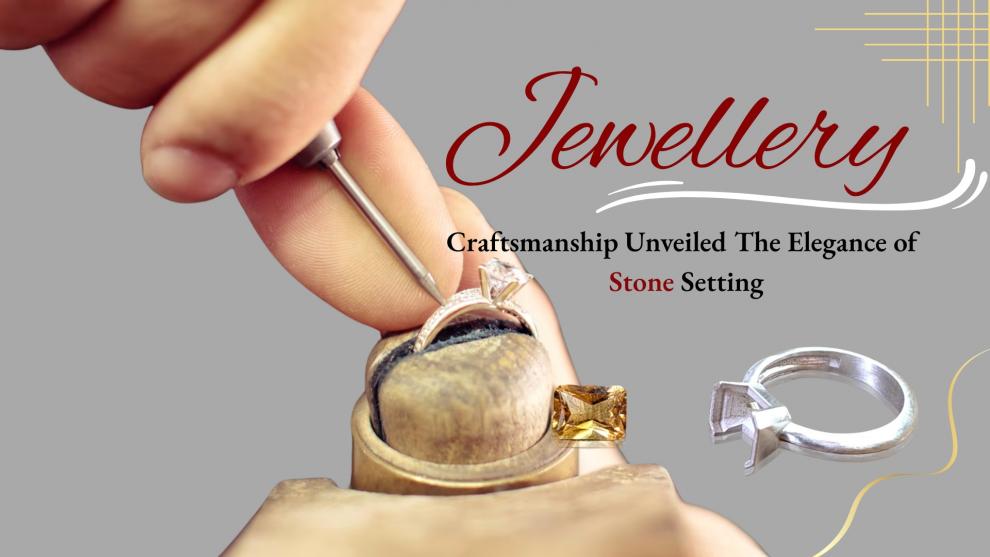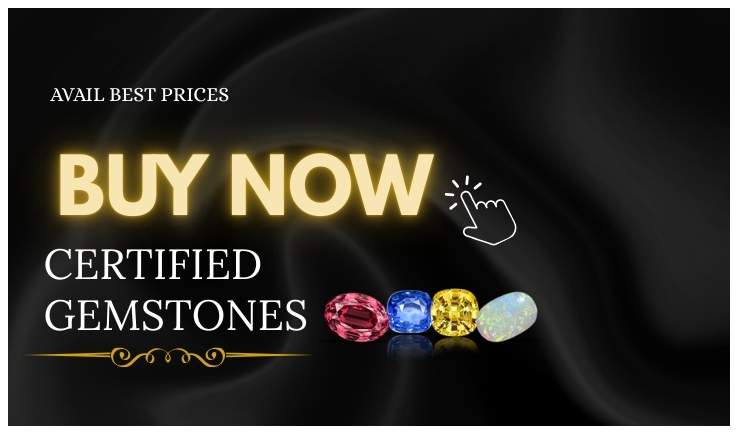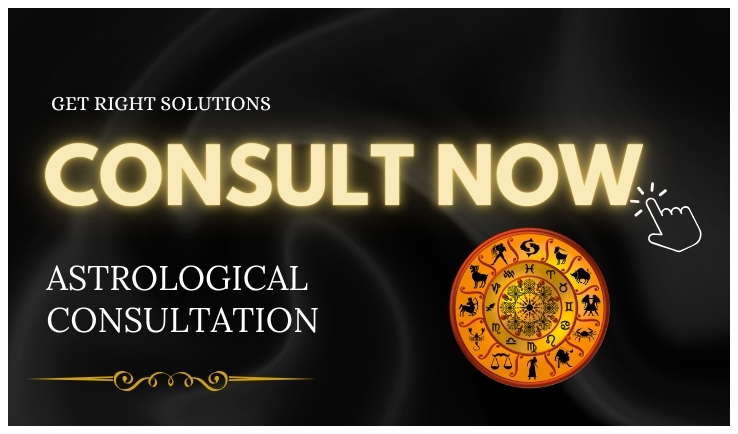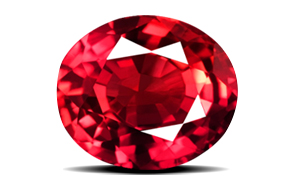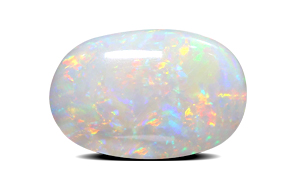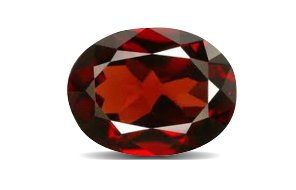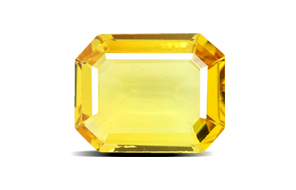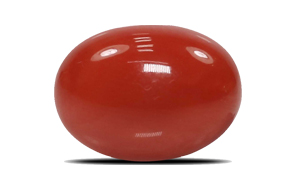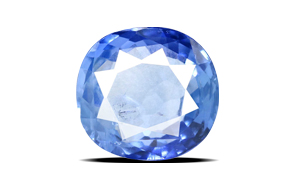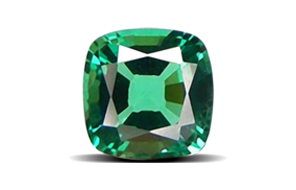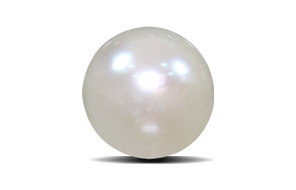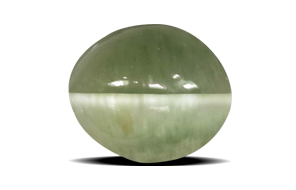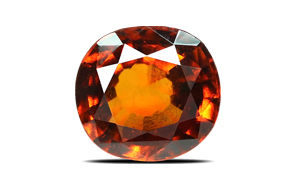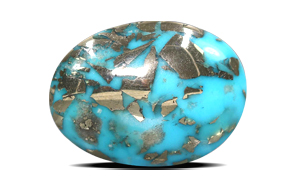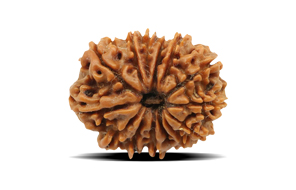Gemstone jewellery is nowadays our favourite. A perfect fusion of art, science, and craftsmanship. The lovers of real gemstone jewellery admire the appearance of the gemstone and its inherent divine properties.
Imagine: A jewellery & gemstone, the most difficult task will be to decide on a perfect gem for the design. This is where gemstone settings, ring settings for loose gemstones, and gemstone ring settings for gemstones become your tools of magic. In this blog, we’ll dive into gemstone setting types, explain how to set a gemstone for a ring, and help you understand where gemstones are set in designs—from bridal sets to everyday pieces.
Why the Setting Matters in Gemstone Jewellery
The setting is essentially the home for your gem. It must:
- It helps to protect the gemstone from knocks and wear
- It allows light in the gemstone for brilliance.
- This showcases the stone in a flattering way
- A perfect will make you feel comfortable and durable for daily wear.
The perfect loose gemstones may look dull in appearance. Choosing the correct setting for the gemstones for jewellery making is the most critical step.
Common Gemstone Setting Types
Here are some gemstone setting types in jewellery making:
1. Prong Setting
The most classic and recognisable. Prong settings grip the gemstone from several points and hold it above the metal surface.
- Pros: It maximises light entry. Ideal for colored gems like sapphires and rubies.
- When to use: Great choice for ring settings for loose gemstones or bridal rings.
- Tip: Use thinner prongs for elegance, but ensure they are strong enough to hold securely.
2. Bezel Setting
A metal rim encircles the gem and holds it flush with the mounting.
- Pros: It offers excellent protection for the edges, also perfect for good for softer gems.
- When to use: It is ideal for everyday wear because it offers durability.
- Variant: Half-bezel or partial bezel for more exposure.
3. Channel Setting
Gems are placed between two metal walls in a continuous row.
- Pros: This is sleek, secure, and avoids head prongs.
- Used for: Side stones or accent bands in gemstone bridal sets.
- Note: Gems need a similar size and shape to fit well.
4. Pavé Setting
Many small gemstones are closely set with tiny beads or prongs, creating a “pavement” of sparkle.
- Pros: It welcomes high shine and dramatic effect.
- Used for: Accent work around a centre stone or in jewellery & gemstone designs.
5. Tension Setting
The gemstone is held in place by the pressure of the metal band “tension.”
- Pros: Jewel appears to float, excellent light exposure.
- Cons: Requires perfect precision in metal and gem.
- Use carefully: For hard gemstones like diamonds and sapphires, less forgiving for softer stones.
6. Invisible Setting
Gemstones are cut and mounted in a way that looks hidden and offers an illusion of a continuous surface of stone.
- Pros: No metal visible, full gemstone display.
- Used in: Designer jewellery and high-end gemstone bridal sets.
How to Set a Gemstone for a Ring
If you often get confused about how to set a gemstone in jewellery, some tips are here for you:
- Choose your setting style based on the gemstone’s hardness, shape, and intended wear.
- Seat the jewel: Ensure the gem sits flat and level in the metal seat.
- Secure with prongs, bezel, or locking mechanism: Carefully bend prongs or press the bezel to hold it.
Check for play or movement: The gem should be solid, without wiggle.
Fine polish and inspect: Clean edges, buff the metal, and inspect the edge for sharpness or burrs.
Where Are Gemstones Set in Different Jewellery Pieces?
The gemstone set helps designers and wearers to appreciate the intention behind the placement of the gem.
- Centre stage: The focal gemstone often gets a dramatic setting.
- Accents and side stones: The ideal setting will support the main gem without overpowering it.
- Bridal sets: Typically, the main ring has a bold setting, while the other uses pavé or channel settings to continue the sparkle.
- Earrings and bracelets: Settings here often prioritise durability. Bezel or flush settings are safer for everyday wear.
Balancing Aesthetics and Functionality
The real jewellery lovers offer a look that suits well. Some examples are here:
- Mixed settings in one piece: A bezel-set centre stone with pavé accent stones.
- Hidden halo or tension embellishments under the main stone to surprise from different angles.
- Colored metal prongs to accent colour in a blue gemstone jewellery design.
- Custom silhouettes: Prongs shaped like petals or waves, adding personality to gemstone jewellery designs.
Caring for Setting and Gemstone Together
A good setting only remains effective if it is maintained. Here are tips:
- Check prongs regularly—worn prongs are the most common cause of gem loss.
- Clean settings gently—use a soft brush and mild soap for cleaning gemstone jewellery.
- Avoid harsh chemicals. When dealing with cleaning gemstone rings, never use bleach or strong acids.
- Occasionally, a jeweller should inspect and tighten settings—especially for important pieces like gemstone bridal sets.
Final Thoughts
Setting a gemstone is much like framing a painting. The gem is the star—but the setting brings out its best, protects it, and lets it live beautifully. Whether you’re designing real gemstone jewellery, exploring ring settings for loose gemstones, or simply admiring gemstone bridal sets, understanding gemstone settings makes the piece meaningful, safe, and visually striking. If you ever pick up a stone and wonder how to set that gemstone for a ring, remember: the right setting honours the gem, the maker, and the wearer. Let your gems wear their homes well—and may they shine brighter every day.

